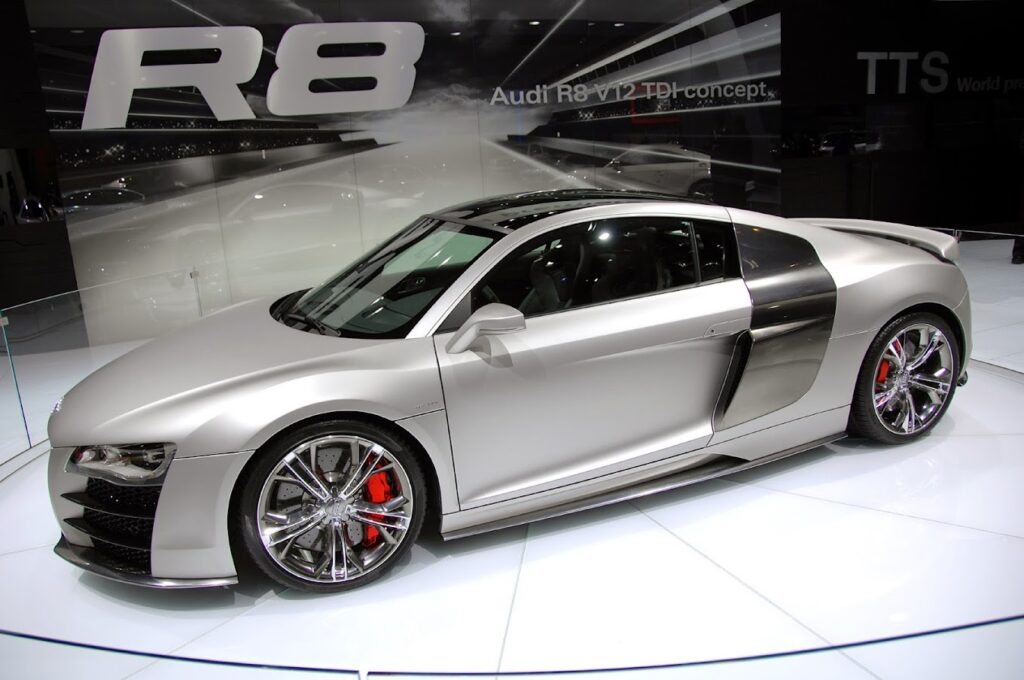
When selecting the optimal auto tinting for your vehicle, understanding the technical distinctions between various tinting technologies is crucial. Dyed tints offer an economical solution, primarily providing UV protection and glare reduction, while metalized tints excel in durability and heat reflection due to their embedded metallic particles. Hybrid tints merge the advantages of dyed and metalized tints, offering a balanced performance, whereas carbon tints focus on infrared light blocking to mitigate heat buildup. However, for unparalleled heat rejection, UV protection, and optical clarity, ceramic tints are the premier choice. To navigate these options effectively, one must consider the specific attributes and benefits each type presents.
Types of Window Tint
When considering the types of window tint for your car, it is essential to understand the various materials and technologies available, as each offers distinct advantages and characteristics. The primary types of window tint include dyed, metalized, hybrid, carbon, and ceramic tints.
Dyed window tint consists of multiple layers of dye applied to the window, primarily providing UV protection and glare reduction.
Metalized tint incorporates metallic particles that reflect heat and UV rays, enhancing durability and scratch resistance.
Hybrid tint combines dyed and metalized layers, achieving a balance of heat rejection, UV protection, and reduced reflectivity.
Carbon tint utilizes carbon particles to block infrared light, preventing heat buildup inside the vehicle while maintaining a sleek, matte finish.
Ceramic tint represents the pinnacle of window tint technology, composed of nano-ceramic particles that offer superior heat rejection, UV protection, and optical clarity without interfering with electronic signals.
Understanding these types of window tints enables car owners to make informed decisions tailored to their specific needs, preferences, and environmental conditions. Each material and technology presents unique properties, ensuring that diverse requirements can be met, whether prioritizing comfort, aesthetics, or functional performance.
Benefits of Each Type
Selecting the appropriate type of window tint is only part of the equation; understanding the benefits each type offers is equally critical for making an informed choice.
Dyed window tint is one of the most economical options, providing excellent glare reduction and privacy. Its primary benefit lies in its ability to absorb solar heat, thereby maintaining cooler vehicle interiors. However, it may gradually fade over time due to prolonged UV exposure.
Metalized window tint, on the other hand, offers superior durability and UV protection. Its embedded metallic particles deflect heat and UV rays, enhancing thermal regulation and reducing the strain on air conditioning systems. Moreover, the metallic composition strengthens windows, adding an extra layer of shatter resistance.
Ceramic window tint represents the pinnacle of technology in window tinting. It is non-metallic and non-conductive, providing exceptional heat rejection and UV protection without interfering with electronic signals. Ceramic tints are highly effective in reducing glare and ensuring maximum visibility, even in challenging lighting conditions. Additionally, they do not fade over time, ensuring long-lasting performance.
Hybrid window tints combine the benefits of dyed and metalized films, offering a balanced solution with moderate heat rejection, UV protection, and durability without the reflective appearance of pure metalized tints.
Just as a well-tailored suit enhances both appearance and function, selecting the appropriate auto tinting for a vehicle combines aesthetics with practicality. Data from the International Window Film Association demonstrates that ceramic tints can block up to 99% of UV rays, underscoring the importance of choosing the right tint for specific needs. Understanding the distinct characteristics of each type of tint allows for an informed decision, ensuring optimal protection, comfort, and longevity for automotive windows.